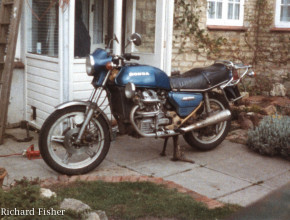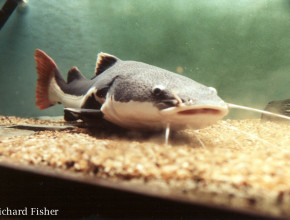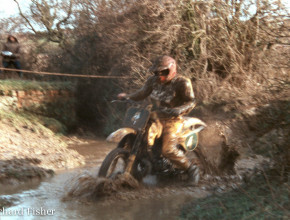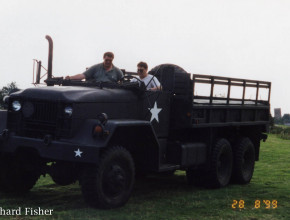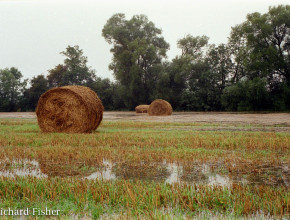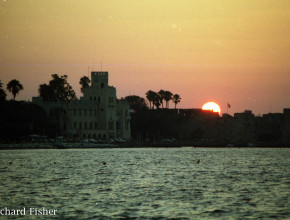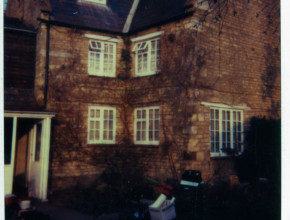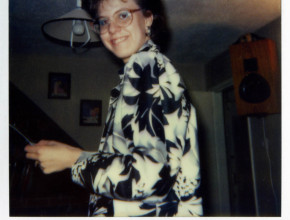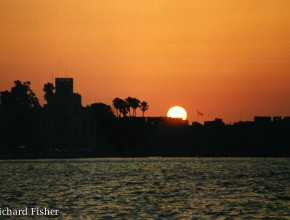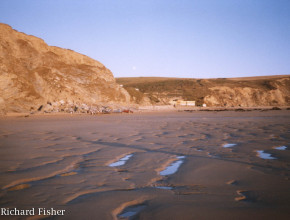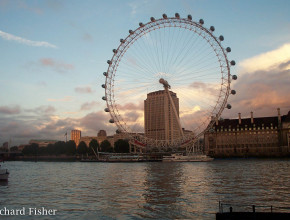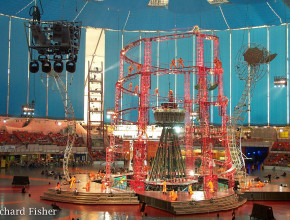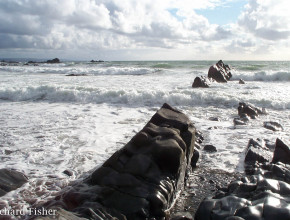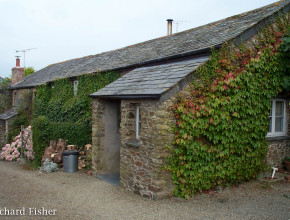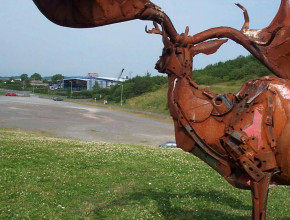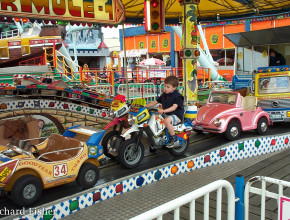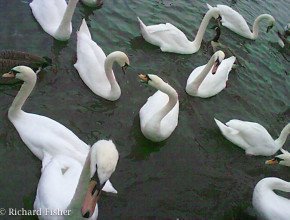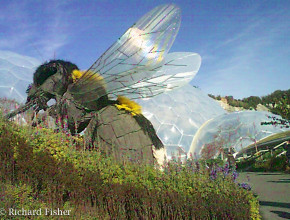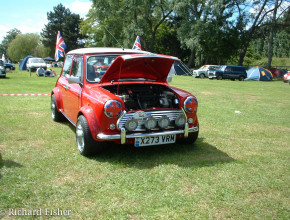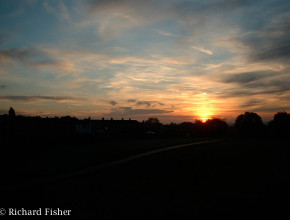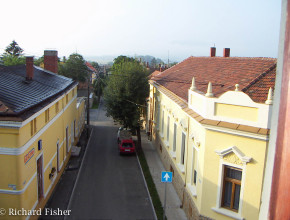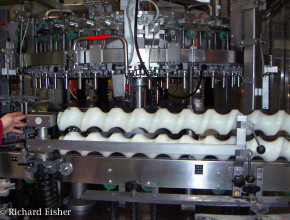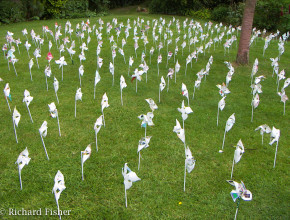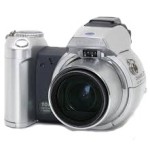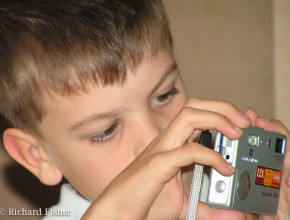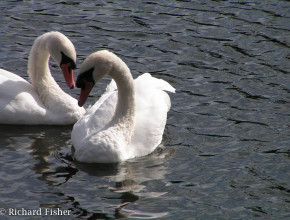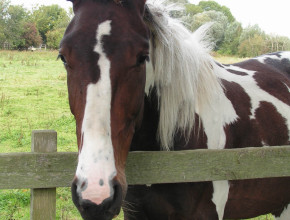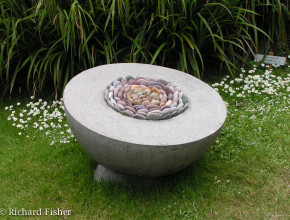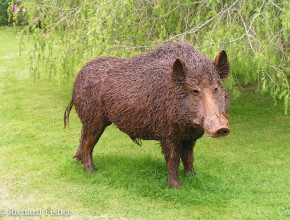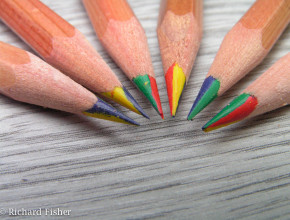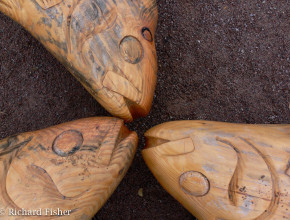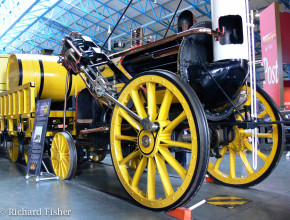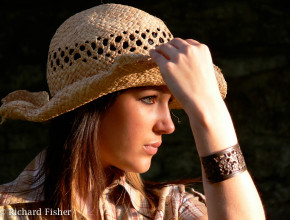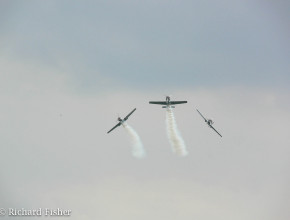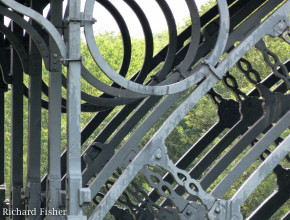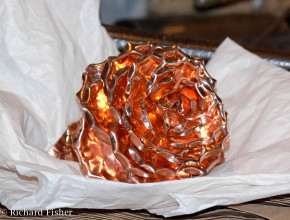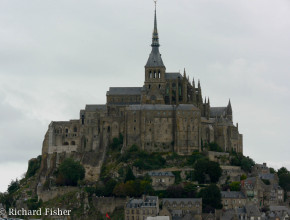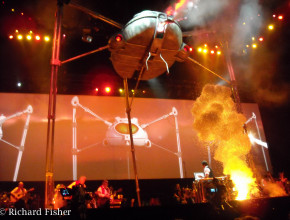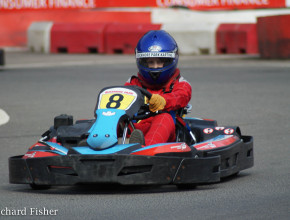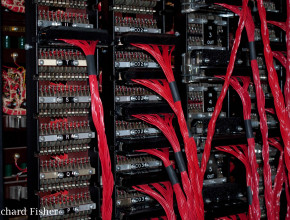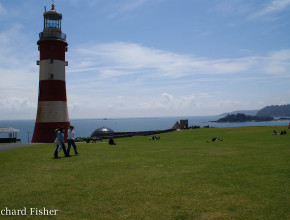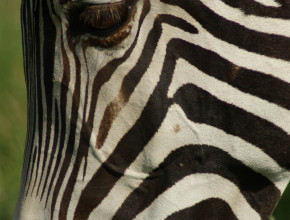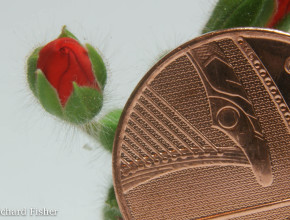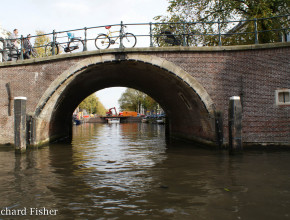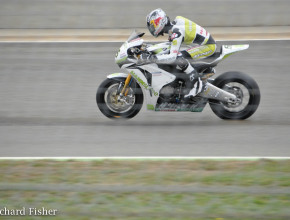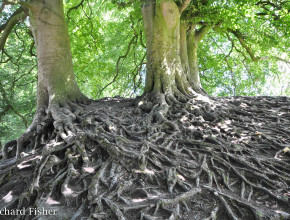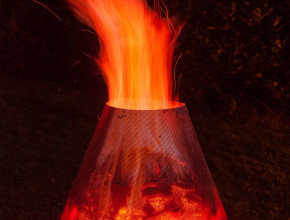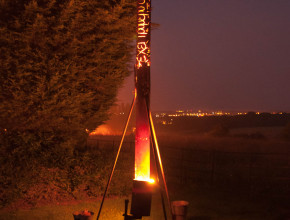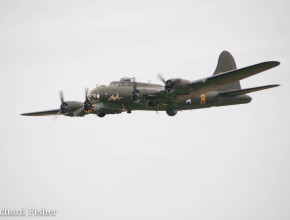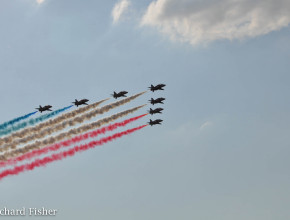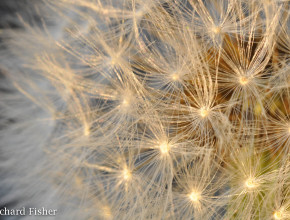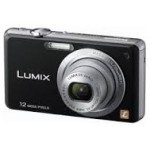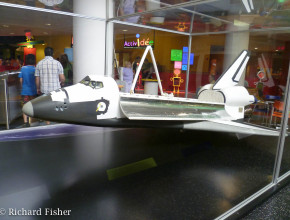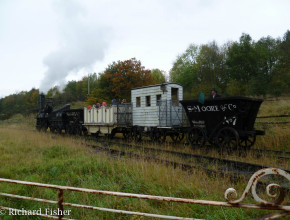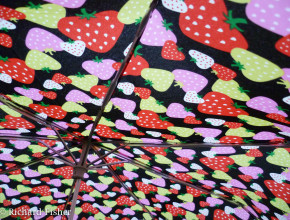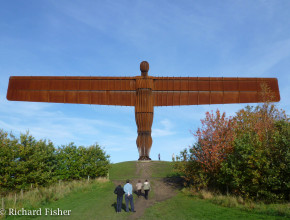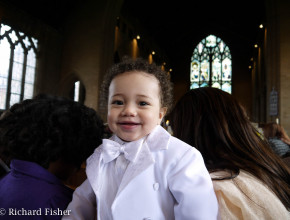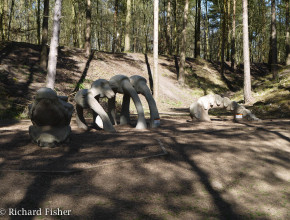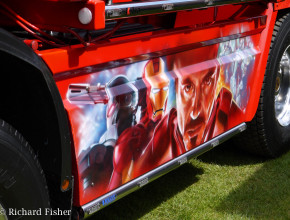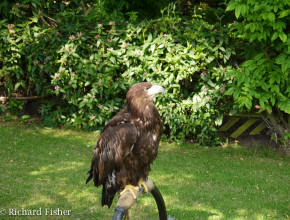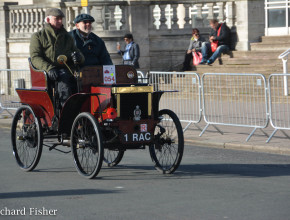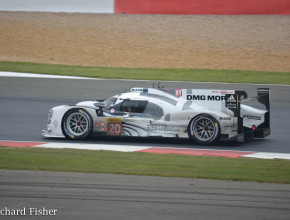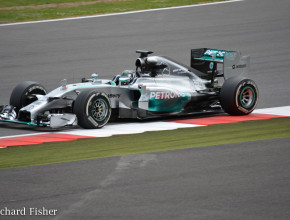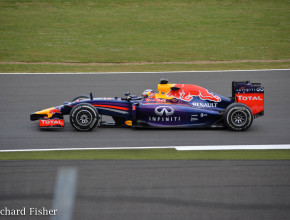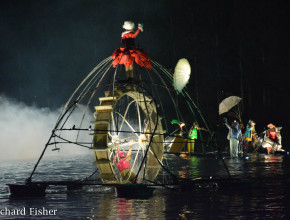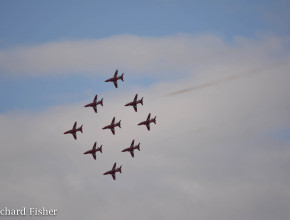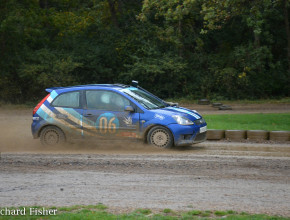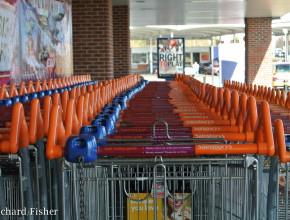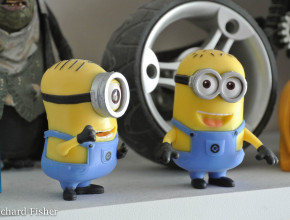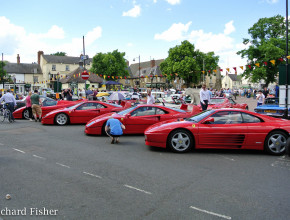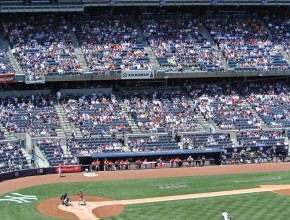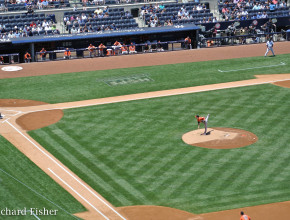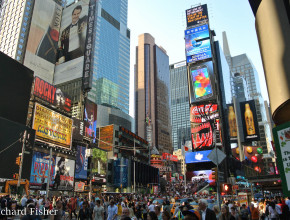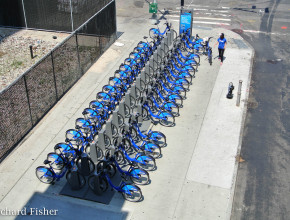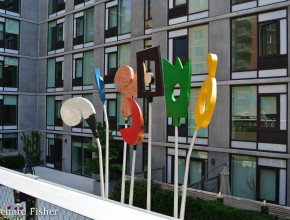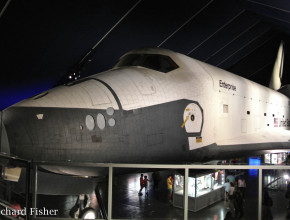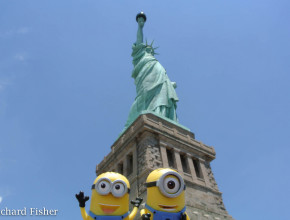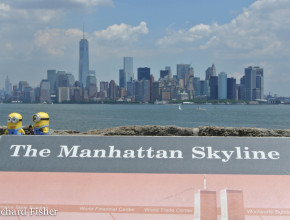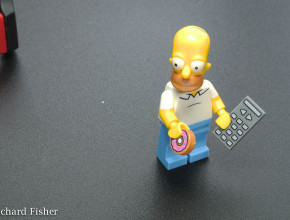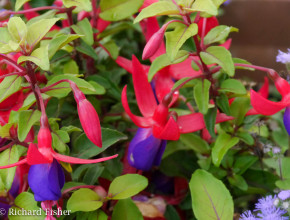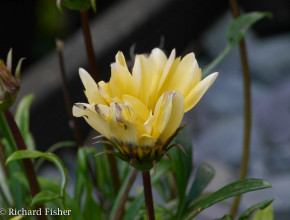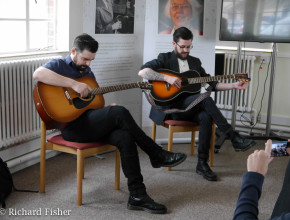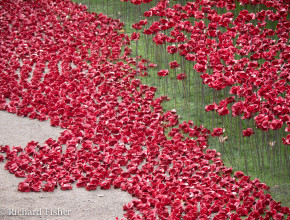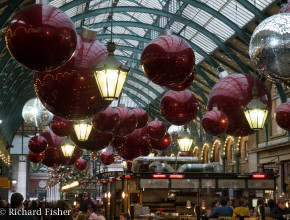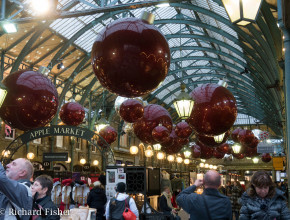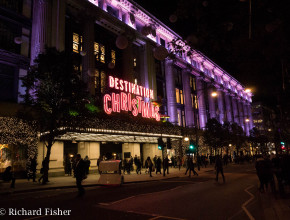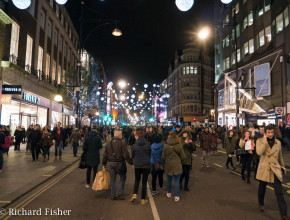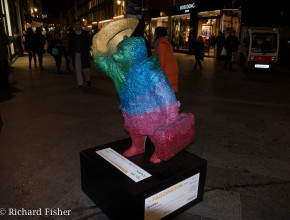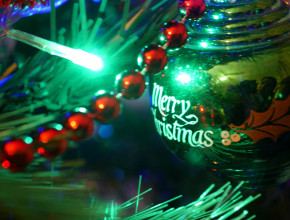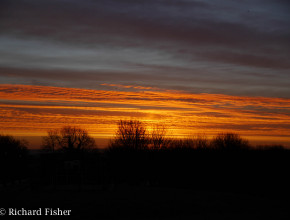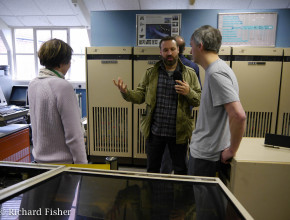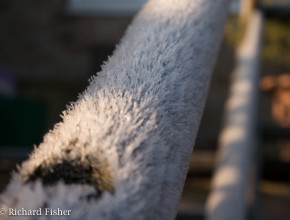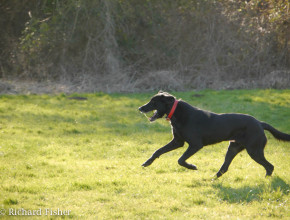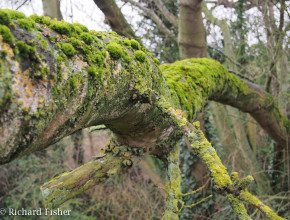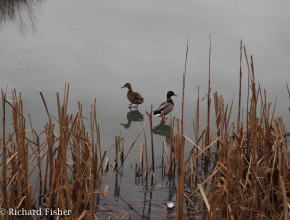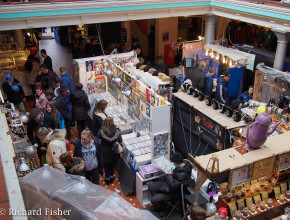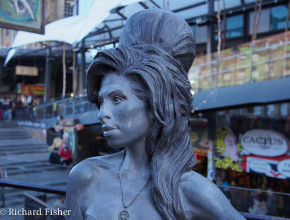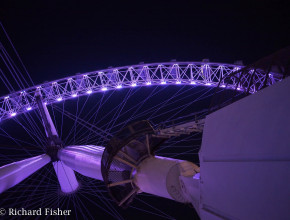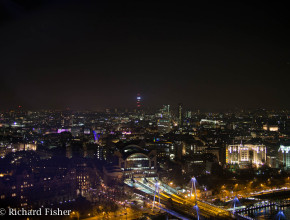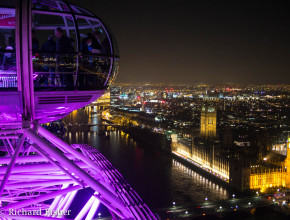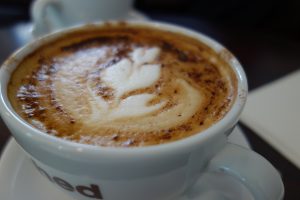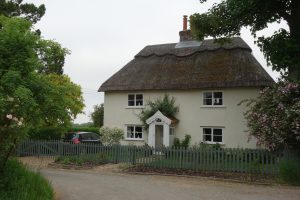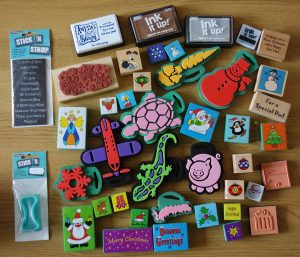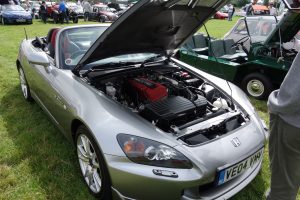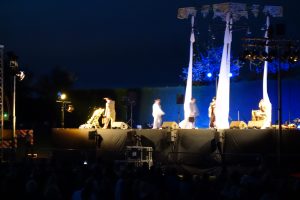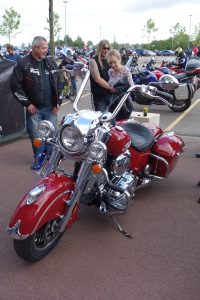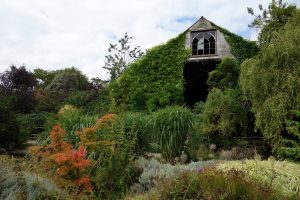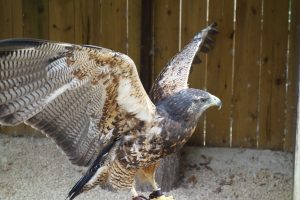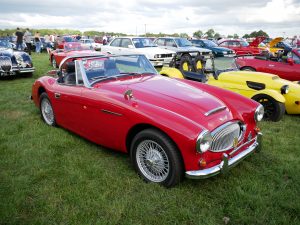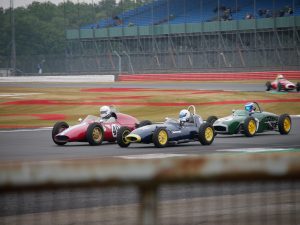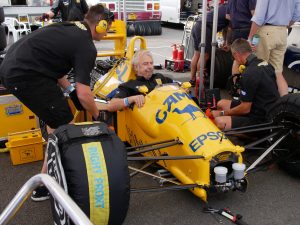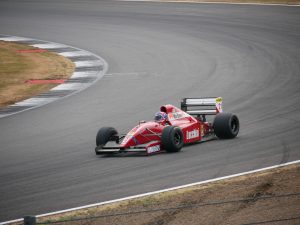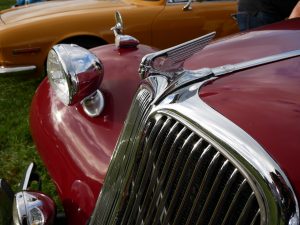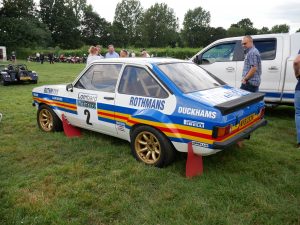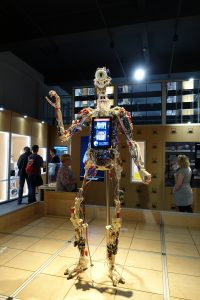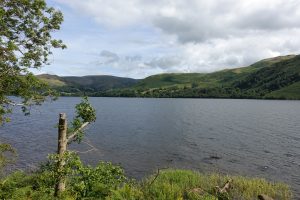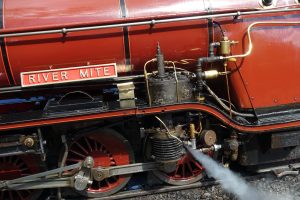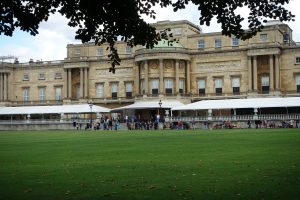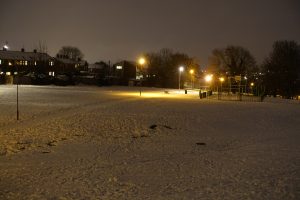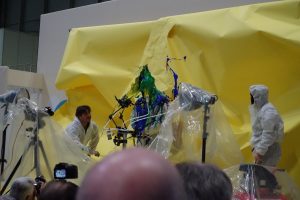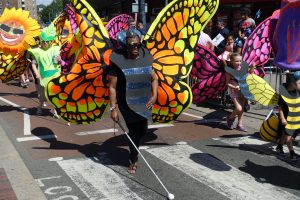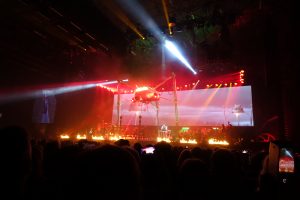A brief history...
in my photography...
Lorem ipsum dolor sit amet, consectetur adipiscing elit. Ut elit tellus, luctus nec ullamcorper mattis, pulvinar dapibus leo.
Ever since I left school I don’t ever remember a time when I didn’t own a camera.
Since the early days I’ve been documenting my life as a series of pictures, well, I say my life but I appear in very few as I’m the one behind the camera (that’s fine by me!).
I can remember the various cameras I had and in which order they arrived but until my first digital camera not so the timeline. This was the age before digital data backs, time stamp, at best the photo developers would print the date on the back of the print.
The analogue era..

In the early days it was low tech, a number of 110 film cameras brought from the local camera shop each a slight improvement on the last maybe with a flash or a dual lens for telephoto pictures or even both!

While using the 110 cameras kodak announced the latest and greatest camera technology that would revolutionise the photography world, the disc camera, I had to have one!
I have a few memories if the disc camera, it was easy to use, the film was expensive, it didn’t have many pictures per disc. The one thing it didn’t do was revolutionise photography, it had quite a short life.

By this time I was earning a reasonable wage and living at home, time to get a proper camera, time to move up to the big boy SLR world. My first SLR was a Minolta, I don’t remember the exact model but it did have a ‘M’ in the name so was probably a XG-M. This was serious stuff, aperture priority and manual modes (always on aperture priority), interchangeable lenses (only ever had the standard 50mm). I remember being wowed by this camera, through the lens spit screen focusing, and compared to the previous cameras, amazing quality photos.
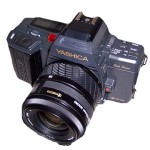
Next on the list was a Yashica 230AF. This was a big step up from the Minolta, program exposure mode, auto-focus, auto full advance and rewind and a built in flash. So easy to use and good results. I recall that this to was a nice camera but not well supported as accessories and lenses were both few and far between and quite expensive. Not much else to say about this other than I believe my brother had it for a while after me.
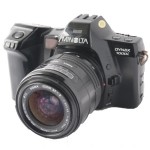
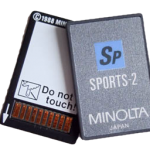
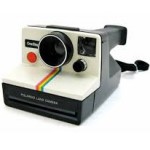
Somewhere along the line, probably the mid eighties, I had a Polaroid instamatic of some sort. Only ever brought a few films, hardly used!
A small side story….
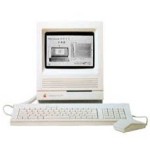
In the mid/late 80’s I worked for MFI (a large UK furniture chain for those that don’t know) in their computer engineering department. We were responsible for the installation and maintenance of the comms and in store equipment. Some of the kit we had was for the kitchen planning department and ran on an Apple Mac, possibly SE or earlier but certainly one of the original all in ones. These were like nothing I had seen before, compact clean, easy to use computers not like the ugly command line driven PCs I was used to, that was the point in time I became a Mac fan. Apple stuff has always been expensive but in the 80s it was very, very expensive, thousands of pounds expensive, this was one dream that would have to wait.
Roll on 2000…
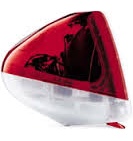
From a second hand 286 to pentium powerhouses, from DOS to Windows 2000 I was a PC/Windows user, I was forever upgrading hardware and software, it must have cost me a fortune over the years! Steve Jobs was back at Apple and the iMac was becoming popular, in 2000 they announced a new range of iMacs amongst then was a ruby coloured one that had a decent spec, not to expensive and was simply gorgeous. After some ‘discussion’ with the higher powers (she who must be obeyed) I was the owner of a Summer 2000 Ruby DV+ iMac. Ordered direct from Apple along with a an Epson printer and a Kodak DC280 Zoom camera – my first digital camera.
Roll on the digital age…
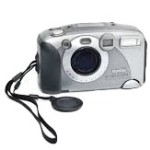
The Kodak DC280 Zoom (2000 – July 2004, photos taken: 2534, Sold, probably on eBay). A basic camera, 2MP and 3X zoom, no video. It was slow to focus, massive shutter lag and got through batteries at an alarming rate but wow, what a revelation. I could shoot pictures and view them the same day, I could shoot as many pictures as I want and not worry about processing costs, this was brilliant!
Even looking at the pictures today (2015) I’m still amazed at the image quality and vibrance of the colours.

Kodak MC3 (Sept 2003 – Oct 2004, photos taken: 370, Sold, probably on eBay). One of the short comings of the DC280 is that it did not do video and I wanted a camera to carry around that did (we did have a massive camcorder at the time but not pocketable). The MC3 came up at a sensible price and was purchased. Big mistake. The video quality was terrible, low resolution and noisy, especially in low light and the photos not much better.
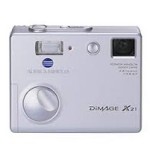
Minolta DiMAGE X21 (August 2004 – September 2008, photos taken: 2237, passed on to family) Brought at an airport shop on the way to Hungary in business as an impulse purchase (must have been bored). I nice little camera that we kept for sometime and ended up with someone else in the family. Reasonably good images and very small, was my carry around camera for quite some time.
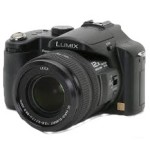
Panasonic DCM-Z30 (December 2005 – April 2009), photos taken: 4920, passed on to family then eBay). Very serious now, my first proper bridge camera that was as close to a full blown DSLR as you could get without breaking the bank. It had a 12x manual zoom, manual focus, optical image stabilisation and a bright Leica F2.8 lens. In good light it took superb pictures but at ISO 200+ was very noisy. My main camera for a number of years.
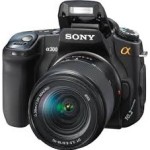
Sony DSLR-A300 (March 2009 – July 2010), photos taken: 6125, sold on eBay) DSLRs were starting to become more affordable and Sony had got into the market after buying up Minolta with some reasonable spec good priced DSLRs. The A300 was my first DSLR camera. The Z30 had been a good camera but it was getting long in the tooth so was time for an upgrade. Used a lot and took great pictures. Live view was not brilliant but did have a tiltable screen for high/low shooting, optical was great. After a year of using the camera its limitations were getting frustrating, I would have upgraded to a better Sony but at the time there was not much movement from Sony on DSLR and it didn’t look like Sony was taking the market seriously (how wrong was I!) so switched to Nikon.
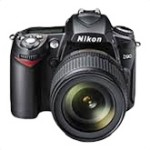
Nikon D90 (July 2010 – September 2013), photos taken: 6491, sold on eBay) Time to upgrade again and after much searching around and looking at various specifications, online reviews and so on it came down to the inevitable choice between Canon and Nikon. I had always wanted a Nikon, they always seemed to be the professional choice but wanted to make sure I was making the right choice. It came down to a Canon 650D or a Nikon D90, luckily, these were the days when you could pop down to the local Jessops and speak to someone knowledgable and play with all the cameras. The Nikon won the fight, it wasn’t even a close contest in the end, despite the Nikons 12MP to the Canons 18MP, the Nikon was so much more featured, more sturdy and felt much better to hold, it felt like a camera that had been designed by someone who actually used one!
Several lenses were added, a nifty fifty, a macro and a super zoom lens, and many excellent photos were taken. Taken everywhere and totally reliable. Video was not great (not to important at the time) and the live view was poor and not helped by the fixed screen.
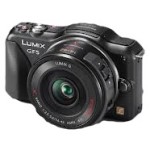
Panasonic DMC-GF5 (March 2013 – Jan 2015), photos taken: 3023, sold on eBay) I fancied a better walk around camera and the mirror-less cameras had been getting some good press. My local camera shop (yes I still have one!) had some factory refurbished Panasonic GF5s in stock so the choice was made, I had my first first micro-four-thirds camera. The GF5 was really impressive and I found myself taking it out more and more in preference to the D90. I was especially impressed with the focus speed and accuracy, contrast focus had traditionally been very slow but this wasn’t, in fact I believe it was as fast as the D90 in many situations (not fast moving) and probably better in low light! It was brought as a toe in the water but while excellent as a general use camera with only 12MP, no optical viewfinder, fixed screen, no flash hot-shoe and limited controls I kept going along the DSLR route.
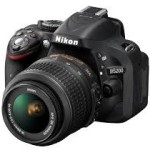
Nikon D5200 (July 2013 – January 2015), photos taken: 3445, passed on to family) The D90 was a great camera but did have a few limitations that were sometimes annoying. The D5200 overcame all these issues despite being a lower range camera. Once again a superb camera that always took a great picture. All the D90 lenses fitted – bonus but not all would auto-focus, I knew this when I brought it but it did stop me using the lenses. Again this took excellent pictures on all lighting conditions and was especially useful for motor sports when used with my new 55-300mm zoom lens. This was the first main camera that often got left behind when we went out in favour of the GF5, I just couldn’t be bothered to carry it around, even on our mega New York holiday it was left behind – I just didn’t fancy carrying this around for 18 hours a day. The writing was on the wall!
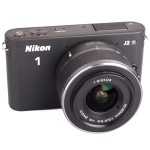
Nikon 1 J2 (February 2014 – September 2014), photos taken: 2241, part exchanged for G6) Brought as a bit of an experiment to see how small a camera I could use as a main camera. This became my walk around camera and the GF5 used less and less. Very small and took good pictures, so much so we used it as our main camera on our New York holiday. A good camera and great fun to use, turn the lens to turn it on and press the button to take a picture. As good as it was it did lack something, not sure what though, it could have been the lack accessories available or that it was a little tricky to change the settings easily. Strange as it sounds I do have some regrets selling this camera, it’s the only camera that I regretted selling!

Panasonic DMC-G6 (September 2014 – June 2015), photos taken: 1490 and counting. Having come to the conclusion that the D5200 was not been used (to big to carry around) I decided to replace it with a ‘proper’ MFT format camera. A small camera but with full control over all image controls. Great camera, great images, small, light and almost pocketable. Still an unknown on the motorsport front but I don’t believe it will be as responsive as the Nikons were, I have the 100-300mm lens ready for the next event.
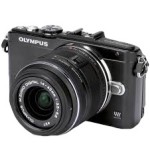
Olympus E-PL5 (February 2015 –April 2016 ), photos taken: 1700. Just one camera, that won’t do! I haven’t had just one camera for a long time (phones don’t count!) so thought I would get a second camera that was pocketable to easily carry around. I didn’t fancy another point and shoot, I believe they still have a number of issues, small sensor, poor low light performance, slow operation etc. I wanted something small but something that would still take a good picture. After some investigation I came across the Olympus PEN cameras, very small, in body stabilisation (even smaller lenses), very good quality and best of all they are micro-four-thirds, all my panasonic lenses would fit.
The E-PL7 was the current model but to expensive, however, the E-PL5 was only a couple of generations old but still got excellent write-ups and was on offer locally with a additional 40-150 lens at a bargain price.
First impressions – very-very small but still usable. Very sturdy construction, all metal body – not the all plastic of the G6. Heavier than it looks, but does feel reassuring in hand. With options off of options off of options the menu system needs a PHD to navigate, luckily being a popular camera there are plenty of people out there with helpful advice and with a couple of click you can turn on the one click super menu and access everything using the excellent touch screen.
All well and good but what are the pictures like – in short – excellent. I paired it up with my Panasonic 20mm F1.7 on a recent trip to London and took nothing else, no zoom lens, not flash (it doesn’t have one built in), the first time I’ve ever done this! Very pleased with the pictures, good throughout the day including some darker corners of Camden Market. We took a night ‘flight’ on the London eye and took quite a few handheld shots from the capsule looking out over London, all came out very well.
I would put this in the fun camera bracket as the Nikon 1 J2, but this time it is a very capable camera. The only choice now is which one to take with me when when I travel, I think unless I will need the flash and EVF of the G6 it might be this one!
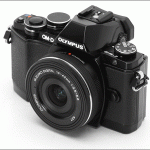
Olympus OMD-EM10 (June 2015 – August 2017), Number of photos – 3297. ! Don’t get me wrong, the Panasonic G6 is a great camera, but, there are a couple of minor niggles.
The placement of the four way pad is always under my thumb! Great for when you want to press it but not when you don’t want to, I always seem to press the white balance button and then move the selection a few options to the right usually resulting in blue pictures! We were at a motor sport event a couple of weeks ago and quite a few of my images are spoilt due to the blue tint.
The other thing is the lack of in body stabilisation. Most Panasonic cameras have the stabilisation in the lenses, it works great but does result in a larger, heavier and sometimes more expensive lens. Having used the Olympus E-PL5 with its in body image stabilisation (IBIS) and a few Olympus lenses including the excellent 60mm macro I appreciate the IBIS and miss it on the Panasonic when using the Olympus lenses (all micro-four-thirds so are interchangeable).
I could have lived with the problems but Olympus were offering a £75 cash back offer on the OMD10, I could sell the G6 and my spare 14-140mm Panasonic lens and not be out of pocket – seemed like a no brainer!
I had tried a couple of the OMD cameras earlier in the month, the EM10 and the EM5 MKII. Both well built and small cameras, the EM5 would have been great but was far to expensive and wasn’t on offer, the EM10 has may of the same features along with a very similar sensor and image quality, the biggest difference is the 5 axis IBIS on the EM5 and only 3 on the EM10. Looking at a few reviews both cameras get excellent reviews and the different between the 3 and 5 axis IBIS is not that big.
Mind made up, ordered from Amazon and delivered a couple of days later, G6 and lenses on eBay.
First impression, very nice. Dual control dials are so much easier to use and despite being smaller has a better control layout than the G6. There are a few things lacking when compared with the G6, the screen only tilts up and down and does not flip out like the G6, should be OK. The G6 could take a higher frame rate but rarely used that (EM10 can do 8fps, plenty fast enough). The G6 also had a silent electronic shutter option and could go up to 40fps but I think I only ever used that once, and that was because it was there!
A cashback and excellent Px deal from Jesspos lured me away from the EM10 and back to Panasonic……

Sony RX100 Mk1 (May 2016 – August 2017) The RX100 was getting rave reviews and I was in the marlet for a smaller camera once again, the mk3 or 4 had just launced and the original mk1 was on sale at a ‘rude not to get one’ price, so I got one!
All I can say is wow! The reviews were not wrong, for it’s size this thing takes amazing pictures under all sorts of conditions. It is well build and despite its small size easy to use (especially with the optional stick-on grip).
This became my go-to camera for practically everything until I stepped up to the MK3.

Panasonic G80 (July 2018 – Current) Jessopes were offering a good trade in deal and Panasonic were ofering cashback on a range of cameras. It was a deal to good to be missed and for around £200 I traded in the EM10 and am now the ownr of a G80.
Great camera, more controls like the early G series had (they seemed to dumb down for a while), waterproof and much better handiling compared with the G6. All at the same time as keeping a small and compact camera.
Major advantage of the micro-four-thirds is that all my old panasonic and olympus lenses work just fine.
Have used for a couple of motor sports events where is is much improved on earlier cameras, but still not up to the Nikon D5200..
I must confess, this does not get used a great deal as the RX100 is more convenient!
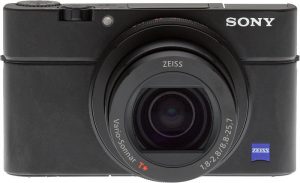
Sony RX100 Mk3 (August 2017 – Current) So impressed with the RX100 mk1 that when another upgrade was launched and the mk3 had a few sales going it was time to upgrade once again.
The mk3 has a few advantages, anview finder, better sensor and a wider lens (at the expense of zoom range) and a bunch of other mor eminor enhancements.
This is now the go-to camera and Karen used the mk1 when we travel.
So my current cameras are the G80 and the RX100 mk3. I no longer carry a dedicated camera all the time, the camera on my phone is now so good that it is more than capable of handling pretty much anything I need on a day to day basis. If we are traveling then one of them comes along, normally the Sony unless I know I will need the extra functionality of the Panasonic.
There have been many phones along the way each with better and better cameras, buts that’s a story for another day.
All photos copyright ©Richard Fisher.

